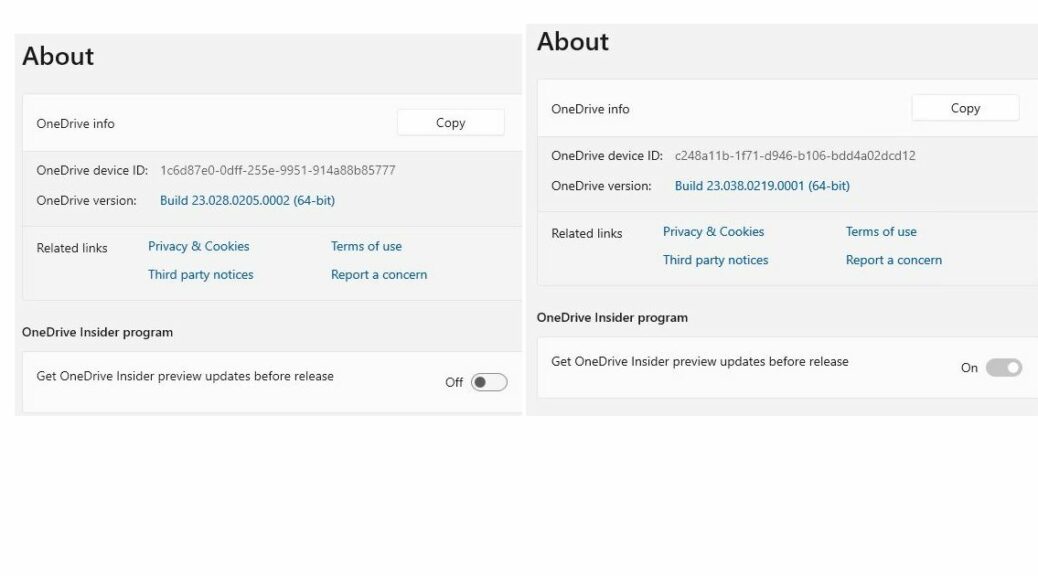Here’s an interesting situation that frosts me just a tad. The other day, I found myself chasing a version of OneDrive that I couldn’t find on its Release Note page. According to that page, I had the current release of that software installed on my production PC. Turns out that KC Softwares Software Update Monitor (SUMo) disagrees with Microsoft (and me, FWIW). It points users at what I learned by experiment is the current Insider preview update. This has me questioning their update semantics: current versus preview. I’ll explain
Questioning Update Semantics: Current versus Preview
Common usage for current in the context of “current software release” is usually understood as “official vendor or developer sponsored software release that represents that latest and greatest stable version.” A “preview software release” OTOH usually means “a preview of upcoming software that’s not guaranteed to be bug-free or stable.”
If you look at the lead in graphic, then at the item after this paragraph, you’ll see that what SUMo recommends as the current release for OneDrive is actually the Insider preview update. I think that’s a mistaken approach. But I’e noticed that SUMo tends to recommend the highest-numbered version for software it tracks. That happens sometimes (e.g. SpaceDeck) we when AFAIK (and have been able to ascertain) that version number does not exist!
Notice the SUMo version available matches pre-release version at right top.
Because I’m quibbling about semantics here, I’ll give SUMo credit for saying that the higher-numbered release is available not current. But gosh, they expect you to download, and update or install to that version number. If that’s not at least an implicit claim that it’s the right version to run, I’m sadly mistaken. I wish instead they’d key on the version from the release notes page which Microsoft clearly labels as the current (stable and shipping) version. C’mon people! Get it right… And while you’re at it, adopt this practice for all the apps you track. Thanks in advance … I hope.

